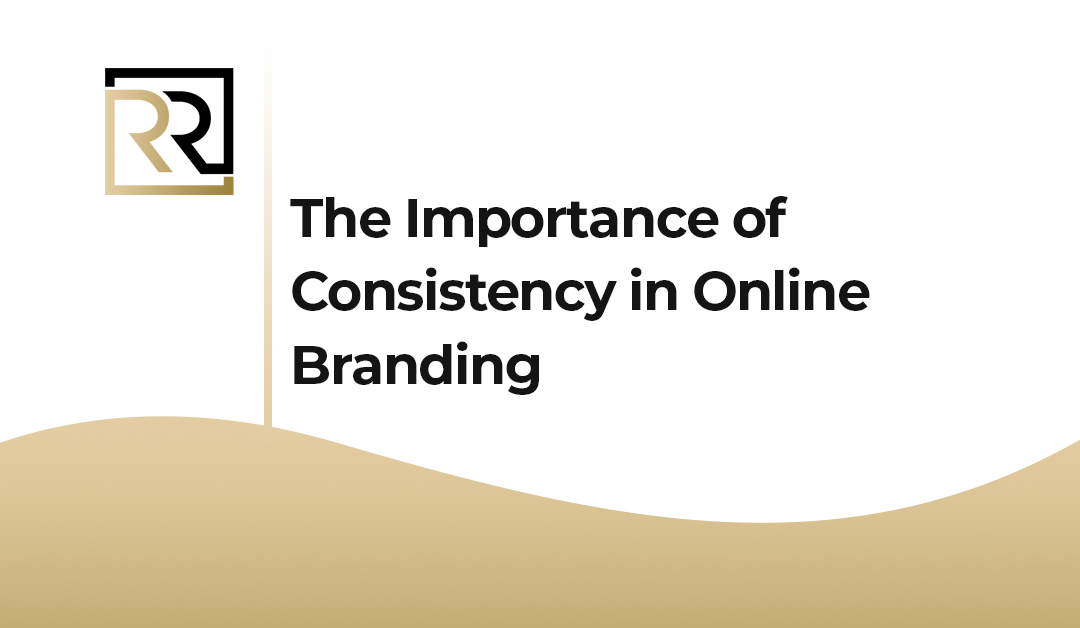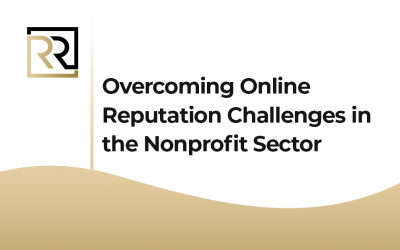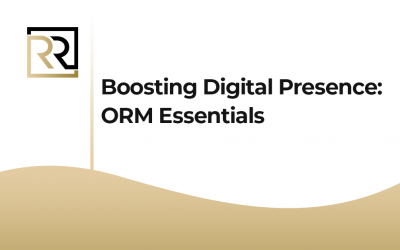Consistency in Online Branding
In the digital age, establishing a strong online presence is essential for businesses to succeed in a competitive marketplace. However, merely having a presence across multiple online platforms is not enough. Thus, consistency in online branding plays a pivotal role in shaping perceptions, building trust, and fostering customer loyalty. Therefore, in this article, we’ll delve into the importance of consistency in online branding and explore actionable strategies for businesses to maintain a cohesive and compelling brand identity across various digital channels.
Understanding the Importance of Consistency in Online Branding
1. Building Brand Recognition
Firstly, consistency in online branding is crucial for building brand recognition and ensuring that consumers can easily identify and distinguish your brand from competitors. So, by maintaining consistency in elements such as logo design, color palette, typography, and messaging across all online platforms, businesses can create a unified brand identity that resonates with their target audience. Consistent branding helps reinforce brand recall and familiarity, making it easier for consumers to connect with and trust your brand.
2. Establishing Trust and Credibility
Secondly, consistency in online branding is also essential for establishing trust and credibility with consumers. Thus, a cohesive and consistent brand identity conveys professionalism, reliability, and authenticity, signaling to consumers that your brand is reputable and trustworthy. What’s more, inconsistencies in branding, such as conflicting messaging or visual elements, can create confusion and erode trust. Besides, by maintaining consistency in branding across all online touchpoints, businesses can build credibility and foster trust with their audience.
3. Enhancing Brand Recall and Recall
Generally, consistency in online branding enhances brand recall and recall, making it easier for consumers to remember and recognize your brand. Thus, when consumers encounter consistent branding across different online platforms, they are more likely to recall your brand when making purchasing decisions. Besides, consistent visual elements, such as logo placement, color schemes, and design aesthetics, help reinforce brand associations and make your brand more memorable. Essentially, by maintaining consistency in branding, businesses can increase brand recall and recall, leading to greater brand awareness and recognition.
4. Reinforcing Brand Values and Messaging
Indeed, consistency in online branding allows businesses to reinforce their brand values and messaging effectively. Essentially by consistently communicating key brand messages, values, and promises across all online platforms, businesses can ensure alignment between their brand identity and consumer perceptions. Ultimately, consistent messaging helps build brand authenticity and resonance, enabling businesses to connect with their target audience on a deeper level. Besides, by staying true to their brand values and messaging, businesses can build stronger relationships with customers and differentiate themselves from competitors.
5. Streamlining the Customer Experience
Further, consistency in online branding streamlines the customer experience and enhances usability across different digital channels. Ultimately, when consumers encounter consistent branding elements, such as navigation menus, layout designs, and content formatting, they can navigate online platforms more intuitively and efficiently. Also, consistent branding creates a seamless and cohesive user experience, reducing friction and enhancing satisfaction. Besides, by maintaining consistency in branding, businesses can optimize the customer experience and increase engagement and conversion rates.
6. Maximizing Marketing Effectiveness
Generally, consistency in online branding maximizes the effectiveness of marketing efforts and campaigns. Thus, when businesses maintain consistent branding across various digital channels, they create a cohesive and integrated marketing ecosystem that reinforces brand messaging and objectives. Also, consistent branding ensures that marketing campaigns are aligned with overall brand identity and goals, increasing their impact and effectiveness. Basically, by leveraging consistent branding, businesses can amplify the reach and resonance of their marketing initiatives and drive better results.
7. Adapting to Multi-Platform Environments
Overall, in today’s multi-platform environment, consistency in online branding is more important than ever. Ultimately, with consumers accessing content and engaging with brands across multiple devices and channels, maintaining consistency in branding ensures a seamless and cohesive experience across all touchpoints. Moreover, whether consumers encounter your brand on social media, your website, or a mobile app, consistent branding helps create a unified and recognizable brand presence. By adapting to multi-platform environments and maintaining consistency in branding, businesses can effectively reach and engage with their target audience wherever they are.
Consistency in Online Branding Conclusion:
In summary, consistency in online branding is a cornerstone of success in the digital age. Therefore, by maintaining a cohesive and consistent brand identity across multiple online platforms, businesses can build brand recognition, establish trust and credibility, enhance brand recall and recall, reinforce brand values and messaging, streamline the customer experience, maximize marketing effectiveness, and adapt to multi-platform environments. Thus, embracing consistency in online branding is essential for businesses to stand out in a crowded marketplace, connect with their target audience, and achieve long-term success.
Take care of your reputation resolutions with us.
Services
Our Services
Search Engine Content Removal
Social Media Content Removal
Positive Content Creation
Online Reviews Optimization
Search Results Optimization
Learn
Our Blog
Building an Online Reputation Roadmap for Success
Online Reputation Roadmap for Success Further, in today's digital-centric world, your online reputation holds significant sway over your success, whether you're an individual professional, an...
How to Use ORM Tools Effectively for Your Business
How to Use ORM Tools Effectively for Your Business Further, in today's digital landscape, a business's online reputation can make or break its success. Furthermore, with consumers...
Developing a Digital Persona for Positive Online Impact
Developing a Digital Persona for Positive Online Impact Further, in today's digital age, establishing a strong online presence is no longer just an option; it's a necessity. Whether you're an...
The Role of Content Marketing in ORM
The Role of Content Marketing in ORM In today's digital landscape, the role of content marketing has become paramount for businesses and individuals alike. Indeed, consumers...
Strategies for Enhancing Online Reputation Post Pandemic
Enhancing Online Reputation Post Pandemic As the world emerges from the shadow of the COVID-19 pandemic, businesses and individuals are grappling with the aftermath and adapting to a...
Overcoming Online Reputation Challenges in the Nonprofit Sector
Online Reputation Challenges in the Nonprofit Sector In today's digital era, online reputation is critical for nonprofit organizations to attract donors, engage supporters, and fulfill their...
Managing Online Reputation Across Multiple Platforms
Online Reputation Across Multiple Platforms Further, in today's interconnected digital landscape, managing online reputation across multiple platforms has become essential for businesses and...
The Link Between Online Reviews and Brand Image
Online Reviews and Brand Image Online Reviews and Brand Image, in the digital age, where consumers are just a click away from expressing their opinions, online reviews have become a...
Boosting Digital Presence: ORM Essentials
Boosting Digital Presence Essential Strategies for Effective Online Reputation Management (ORM) Boosting Digital Presence, in the digital age, where online interactions shape perceptions and...











